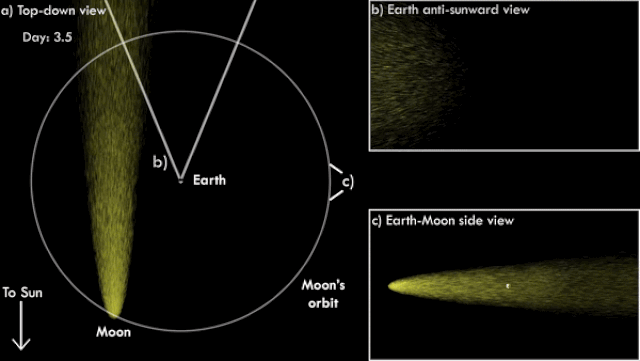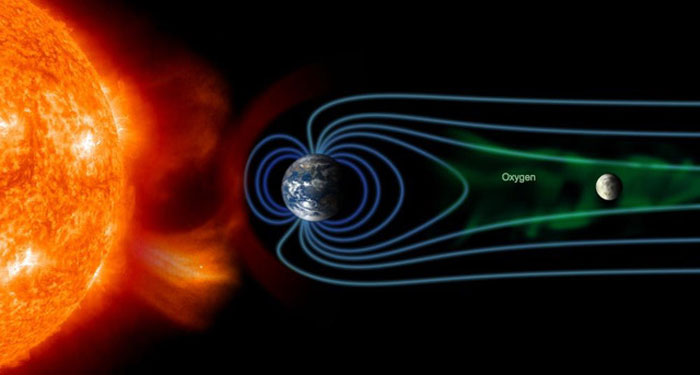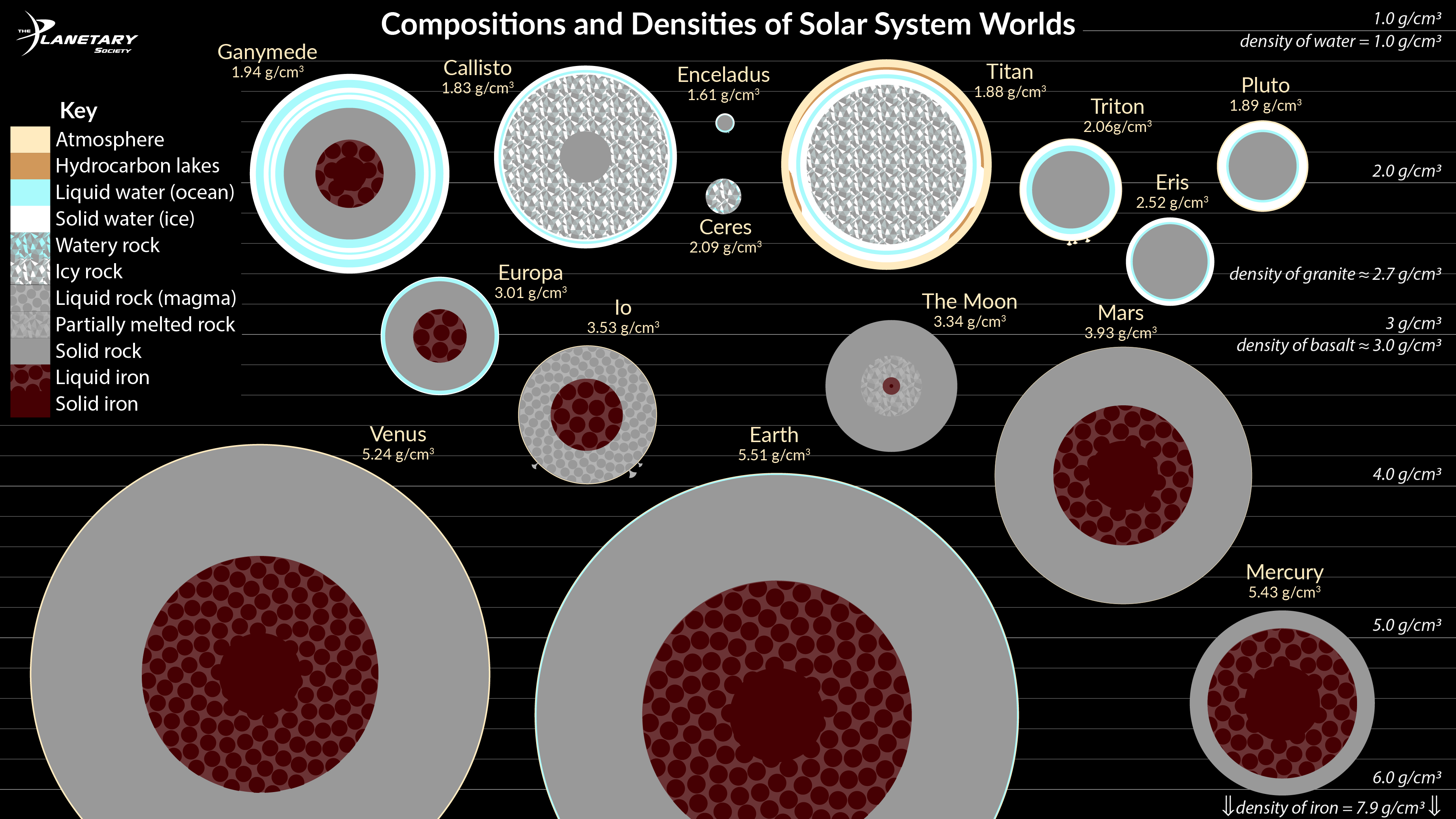RocketRon wrote: ↑Tue May 03, 2022 4:32 am
The question might then be asked what sort of tail/trail might Venus and planet Earth be showing
November 12, 2010: Did you know that the Earth has a dust tail? The Spitzer Space Telescope sailed right through it a few months ago, giving researchers a clear idea of what it looks like. That could be a big help to planet hunters trying to track down alien worlds.
It's extremely challenging – and usually impossible – to directly image exoplanets. They're relatively small and faint, hiding in the glare of the stars they orbit.
"A dust tail like Earth's could produce a bigger signal than a planet does. And it could alert researchers to a planet too small to see otherwise."
Earth has a dust tail not because the planet itself is particularly dusty, but rather because the whole solar system is. Interplanetary space is littered with dusty fragments of comets and colliding asteroids. When Earth orbits through this dusty environment, a tail forms in the rear, akin to swaths of fallen leaves swirling up behind a streetsweeper.
"As Earth orbits the sun, it creates a sort of shell or depression that dust particles fall into, creating a thickening of dust – the tail – that Earth pulls along via gravity," explains Werner. "In fact, the tail trails our planet all the way around the sun, forming a large dusty ring."
 A computer simulation of Earth's dust tail/ring seen from a vantage point outside our solar system. Colors indicate density; purple is lowest, red is highest.
https://science.nasa.gov/science-news/ ... usttail/
The moon has a tail, and Earth wears it like a scarf once a month
A computer simulation of Earth's dust tail/ring seen from a vantage point outside our solar system. Colors indicate density; purple is lowest, red is highest.
https://science.nasa.gov/science-news/ ... usttail/
The moon has a tail, and Earth wears it like a scarf once a month
Like a comet soaring through the cosmos, the moon is followed by a slender tail of irradiated matter — and Earth passes directly through it once a month.
According to a study published March 3 in the journal JGR Planets, the lunar tail is made of millions of sodium atoms blasted out of the lunar soil and into space by meteor strikes and then pushed hundreds of thousands of miles downstream by solar radiation. For a few days a month, when the new moon sits between Earth and the sun, our planet's gravity drags that sodium tail into a long beam that wraps around Earth's atmosphere before blasting into space on the opposite side.
The lunar tail is harmless and invisible to the naked eye. During those few new-moon days each month, however, the beam becomes visible to high-powered telescopes that can detect the faint orange glow of sodium in the sky. According to the study's authors, the beam then appears as a fuzzy, glowing spot in the sky opposite the sun, about five times the diameter of the full moon and 50 times dimmer than human eyes can perceive.
 https://www.livescience.com/moon-has-a ... -tail.html
The tail of Venus
https://www.livescience.com/moon-has-a ... -tail.html
The tail of Venus
In rare events, the sheath of electrons and ions enveloping Venus in a height of 150 to 300 kilometres can expand into space like a tail. This exceptional deformation occurs on the planet’s night side, when the solar wind, the flow of charged particles from the Sun, nearly comes to a stop.
 Gas trail in space: under normal conditions, Venus is surrounded by an ionosphere at a height of 150 to 300 kilometres. The induced magnetic fields – outlined here by yellow lines – bind it close to the planet. When the solar wind gets very weak, the ionosphere can expand into space. A kind of plasma tail is created (right) on the planet's night side.
https://www.nanowerk.com/news2/space/newsid=28719.php
Gas trail in space: under normal conditions, Venus is surrounded by an ionosphere at a height of 150 to 300 kilometres. The induced magnetic fields – outlined here by yellow lines – bind it close to the planet. When the solar wind gets very weak, the ionosphere can expand into space. A kind of plasma tail is created (right) on the planet's night side.
https://www.nanowerk.com/news2/space/newsid=28719.php
Lots of tail out there! BTW The first article mentions how the Webb telescope is due to launch in 2014

!
Eric
 Mercury's Sodium Tail
Mercury's Sodium Tail






